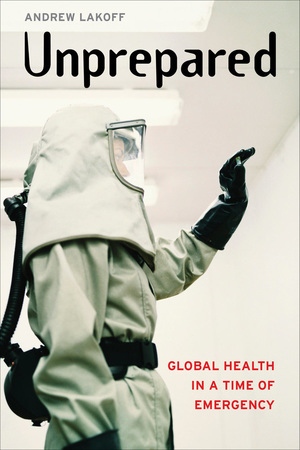Mitigating the COVID Economic Crisis: Act Fast and Do Whatever It Takes
Crucial contribution from key economists. A must read.
Outline:
Introduction
Richard Baldwin and Beatrice Weder di Mauro
1 So far, so good: And now don't be afraid of moral hazard
2 Flattening the pandemic and recession curves
3 Limiting the economic fallout of the coronavirus with large targeted policies
4 Italy, the ECB, and the need to avoid another euro crisis
5 The EU must support the member at the centre of the COVID-19 crisis
6 Helicopter money: The time is now
7 What the stock market tells us about the consequences of COVID-19
8 Ten keys to beating back COVID-19 and the associated economic pandemic
9 Saving China from the coronavirus and economic meltdown: Experiences and lessons
10 China's changing economic priorities and the impact of COVID-19
11 Singapore's policy response to COVID-19
12 The experience of South Korea with COVID-19
13 COVID-19: Europe needs a catastrophe relief plan
14 The COVID-19 bazooka for jobs in Europe
15 The monetary policy package: An analytical framework
16 Bold policies needed to counter the coronavirus recession
17 Europe ís ground zero
18 Economic implications of the COVID-19 crisis for Germany and economic policy measures
19 Finance in the times of COVID-19: What next?
20 How COVID-19 could be like the Global Financial Crisis (or worse)
21 Protecting people now, helping the economy rebound later
22 Policy in the time of coronavirus
23 Containing the economic nationalist virus through global coordination
24 The case for permanent stimulus









